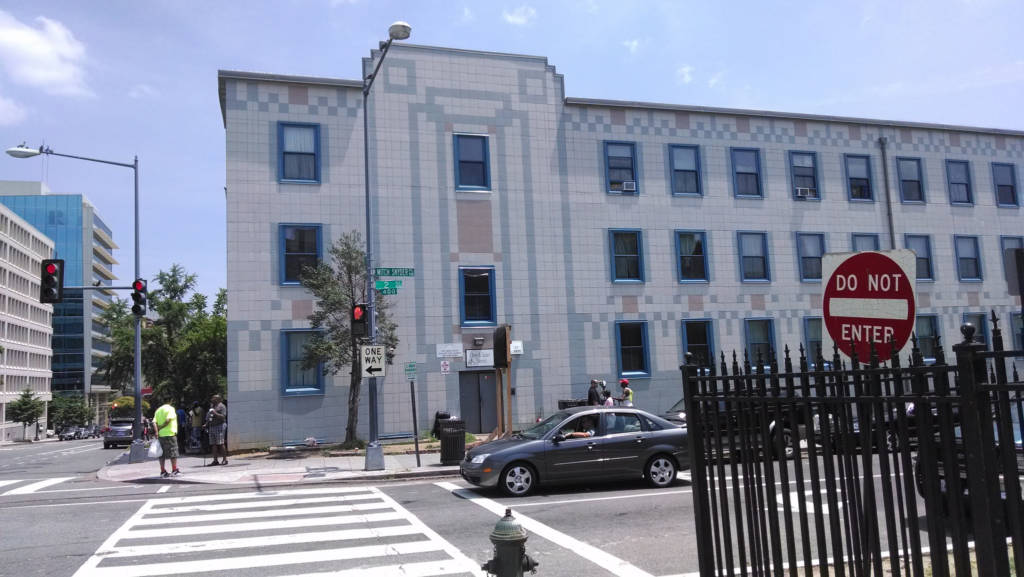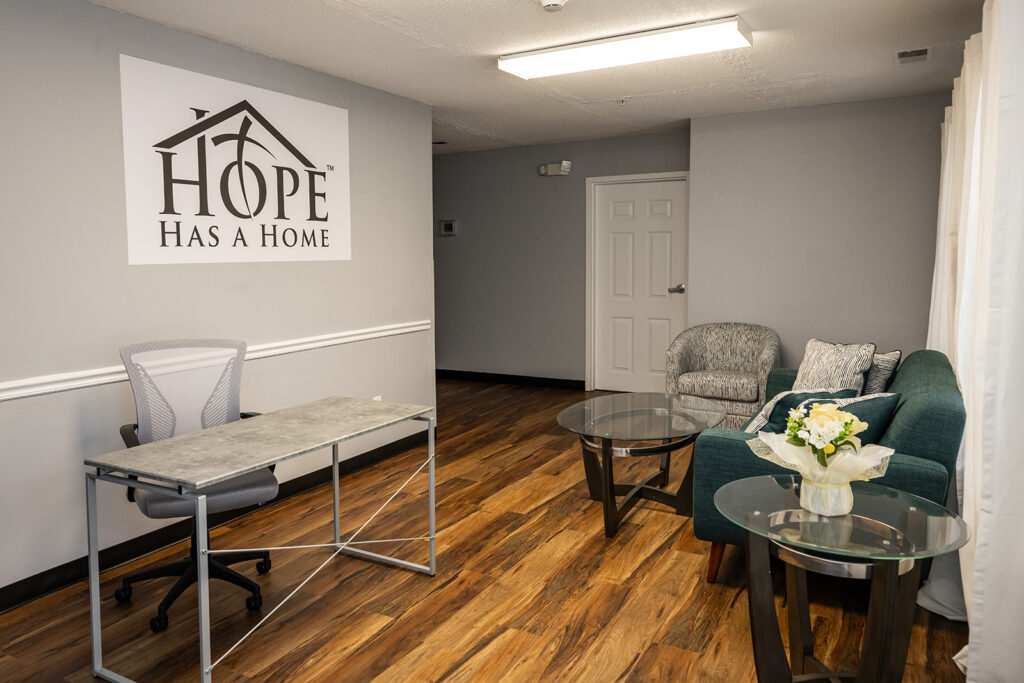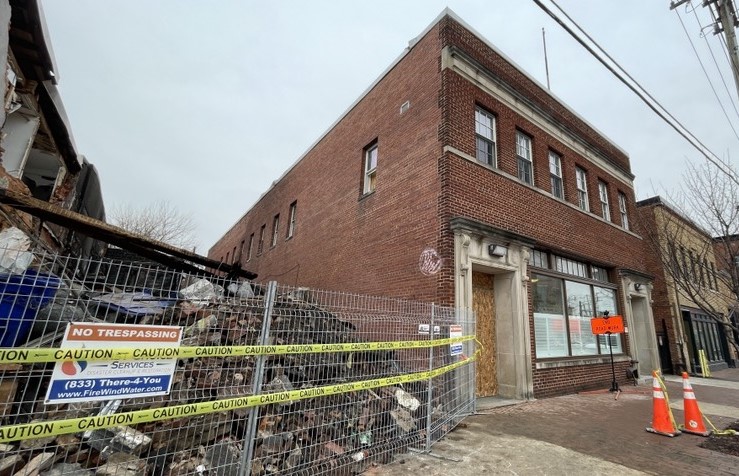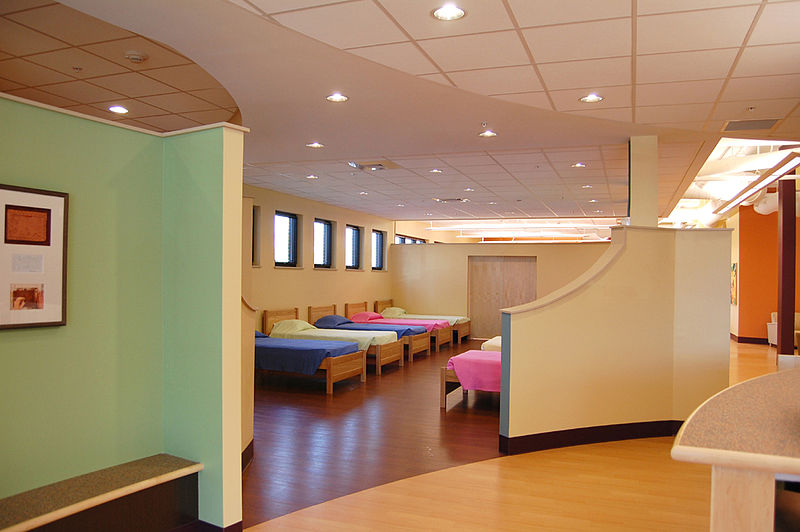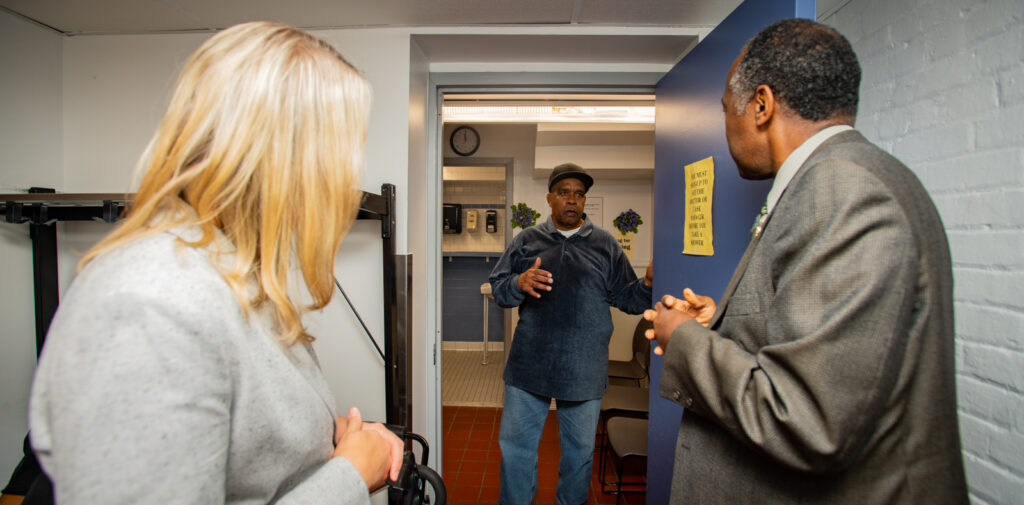At Second and D Streets NW, the District’s Federal City Shelter has served the homeless since the 1980s, when the building was turned over to anti-poverty activists Mitch Snyder, Carol Fennelly, and other members of the Community for Creative Non-Violence.
These days the facility, known simply as CCNV, houses more than 1,300 homeless men and women, as well as several programs that serve the poor, including DC Central Kitchen. But the structure, a former city college building, is badly in need of repair. It is also located on prime downtown real estate and vulnerable to development pressures.
At a June 27 hearing, city and nonprofit leaders, homeless advocates and shelter residents gathered for a public oversight hearing to mull the future of the shelter.
“We have the opportunity to do something great at this site,” said Chapman Todd, a consultant who works on affordable and supportive housing programs.
Under one of the plans discussed, the city-owned building would be sold and the proceeds would be used to build a new state-of-the-art shelter and housing facility on an adjacent parking lot, owned by CCNV. Under another, the parking lot would be sold and the current building renovated.
Yet some neighbors of the shelter would like to see it shut down altogether, said homeless advocate Eric Sheptock who stays at the shelter and is worried about its possible closure.
“Saying ‘not in my backyard’ or NIMBY does nothing to help the people who are being pushed out,” warned Sheptock, who insisted that future plans for the property should be made with the involvement of the city’s homeless community.
After listening to a number of witnesses, Ward One Council Member Jim Graham, who chairs the council’s human services committee, said he would introduce legislation that would establish a task force made up of city officials, nonprofit leaders and advocates who would be charged with developing a plan for the site and reporting back to the council in six months’ time.
“The building obviously has real problems,” Graham said. But he noted the importance of the place in the District’s history. “I knew Mitch Snyder and Carol Fennelly. There is an incredibly valuable tradition of activism and selfless work” tied up in the shelter, he said.
Future planning for the site should reflect that, Graham noted. “I want to see the District of Columbia doing the right thing by homeless people.”
